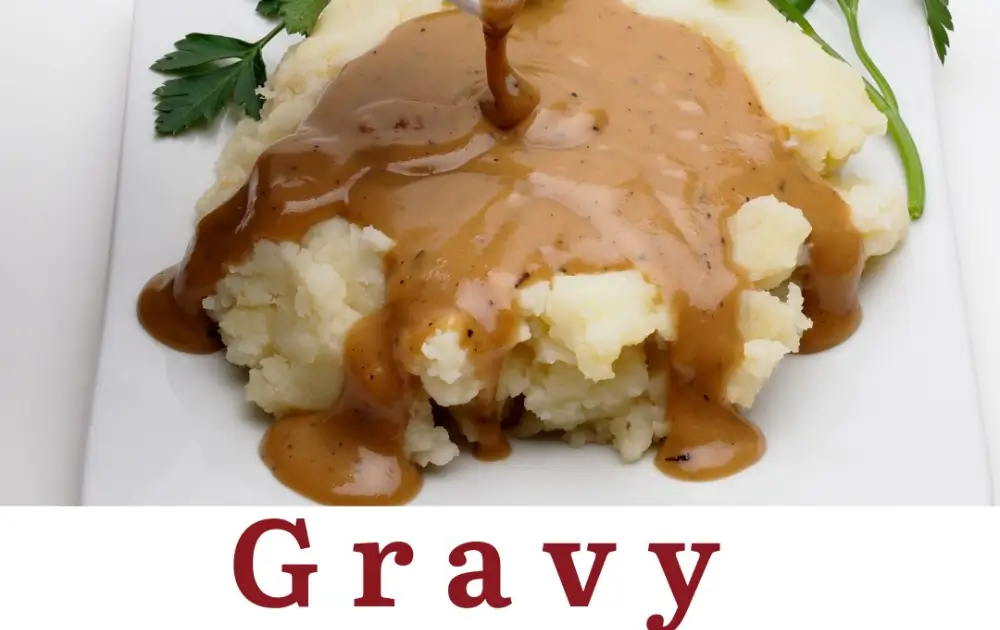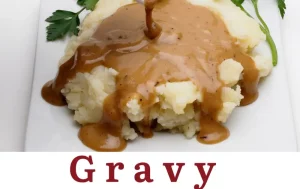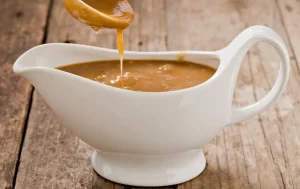Creating classic gravy is a culinary skill that transforms ordinary meals into memorable feasts. This rich, flavorful sauce enhances everything from roasted meats to mashed potatoes, making it a staple in comfort food dining.
Gathering Your Ingredients
You start by assembling the essential components for your gravy: fat (from meat drippings or butter), flour for thickening, and stock or broth for flavor. Seasonings such as salt, pepper, and herbs like thyme or rosemary add depth to the gravy’s taste.
Preparing the Roux
The foundation of your gravy is the roux, a mixture of fat and flour cooked together until golden and smooth. You melt the fat in a pan over medium heat, then whisk in an equal amount of flour. Cooking this mixture for a few minutes eliminates the raw flour taste and develops a rich base for your gravy.
Adding the Liquid
Gradually, you pour in the stock or broth while continuously whisking to prevent lumps. The key is to add the liquid slowly, allowing it to fully integrate with the roux before adding more. This process ensures a smooth, velvety texture for your gravy.
Simmering to Perfection
Once all the liquid is incorporated, you bring the gravy to a gentle simmer. Stirring frequently, you allow it to thicken to your desired consistency. This simmering phase also allows the flavors to meld together beautifully.
Seasoning Your Gravy
Taste-testing your gravy as it simmers is crucial. You adjust the seasonings, adding salt and pepper as needed. For a touch of complexity, a splash of wine or a dash of Worcestershire sauce can be stirred in at this stage.
Serving Suggestions
Your classic gravy is now ready to elevate any dish. Whether poured over a juicy roast, accompanying fluffy mashed potatoes, or used as a dip for crusty bread, this gravy turns simple ingredients into a heartwarming meal.
Personalizing Your Gravy
The beauty of classic gravy lies in its versatility. Feel free to experiment with different types of stock, add sautéed mushrooms or onions for extra flavor, or infuse it with garlic for a more robust taste. Each variation adds a unique twist to this beloved sauce.
Creating classic gravy from scratch is a rewarding process that adds a touch of homemade warmth to any meal. By mastering this fundamental recipe, you open the door to endless culinary creativity and the pleasure of sharing delicious, comforting food with those you love.






